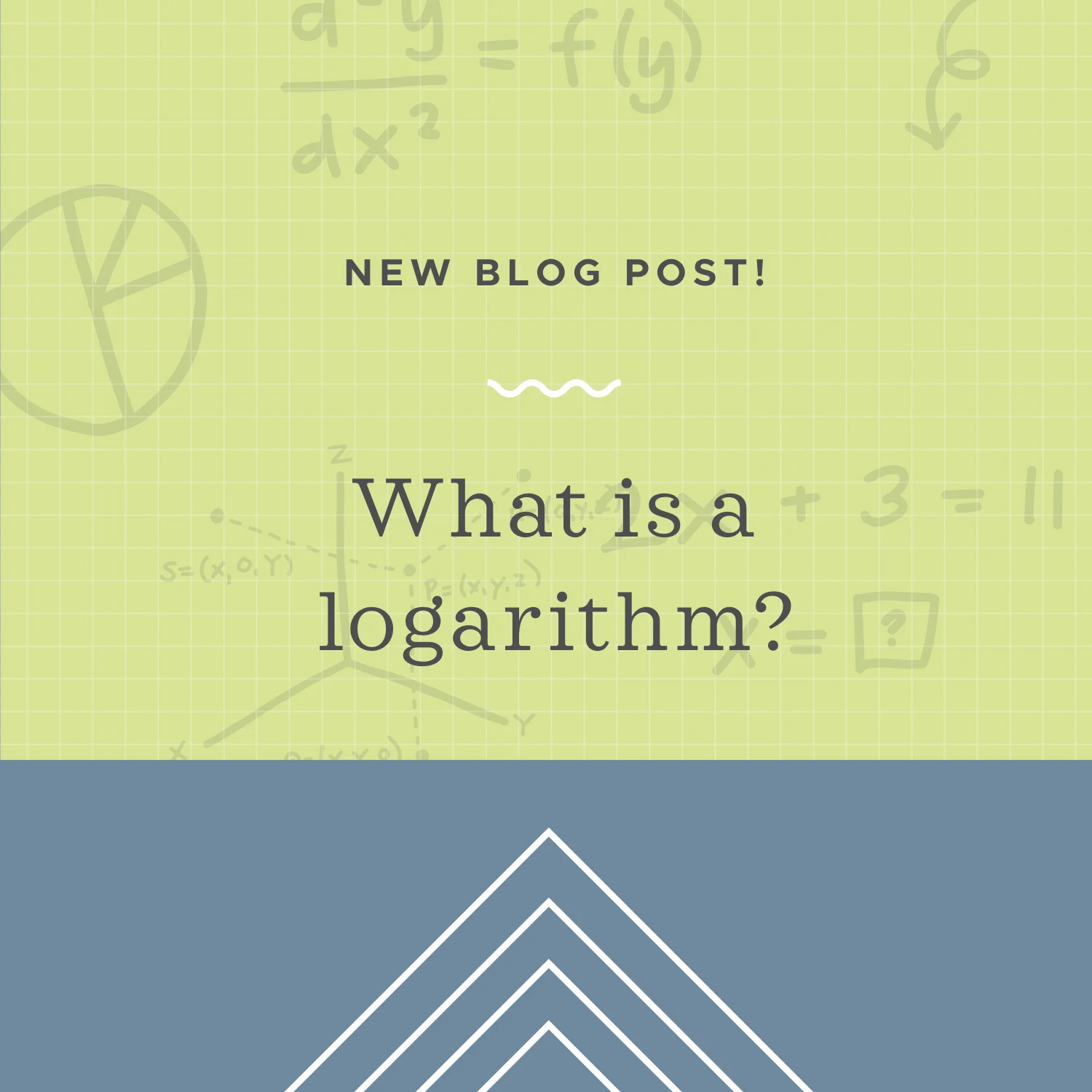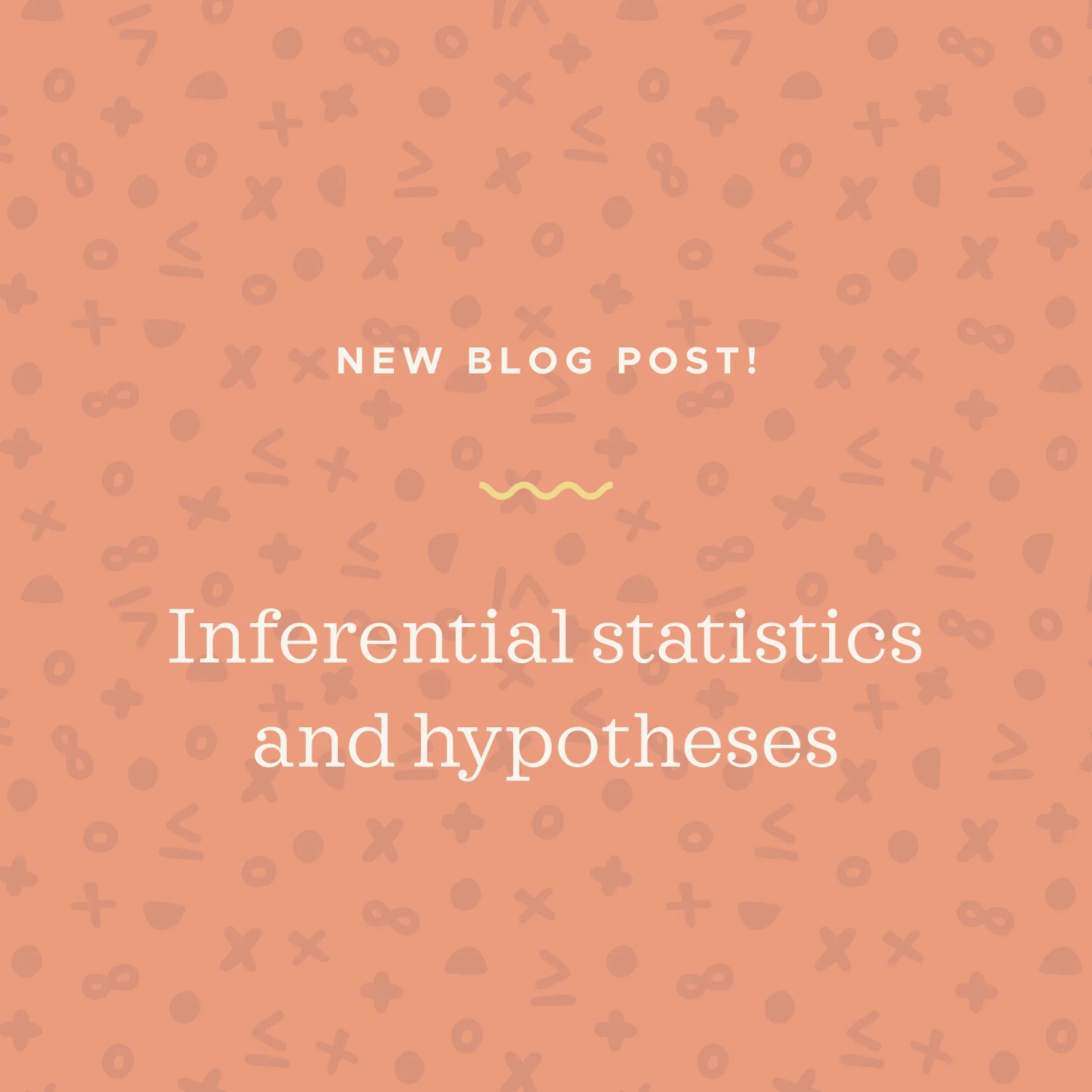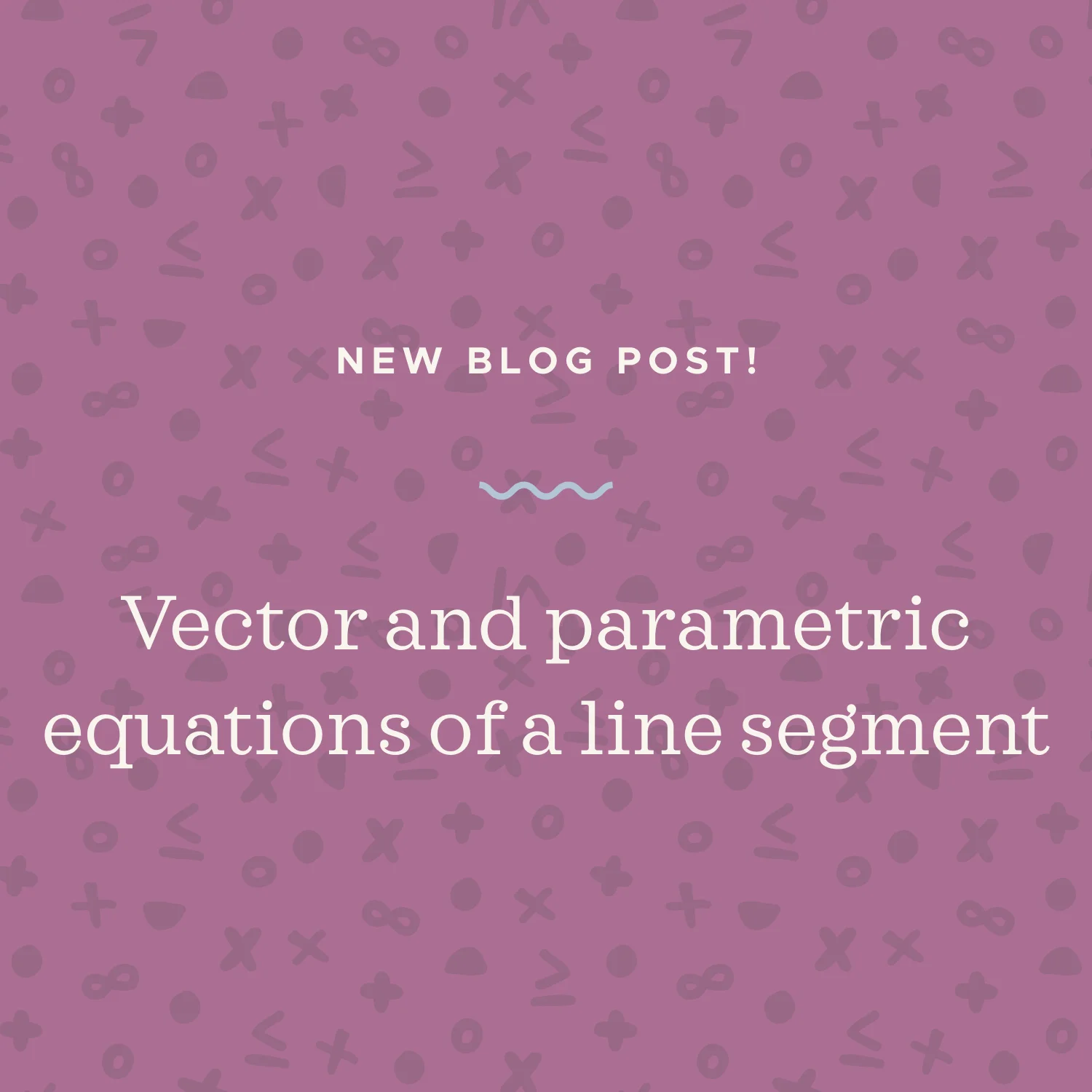When we divide one radical by another with the same type of root, we just divide the radicands and put the quotient under a radical sign. In other words, the quotient of the radicals is the radical of the quotient.
Read MoreWhen we have two terms that contain the same type of root (the radical in both terms is a square root, the radical in both terms is a cube root, etc.) and identical radicands (the expressions under the radical signs in the two terms are the same), they are like terms, and adding and subtracting is really simple.
Read MoreRemember that an exponent tells us how many times to multiply the base by itself. Logarithms tell us how many times we multiply one number by itself in order to get a different number. Exponentials and logarithms are related to one another with the general log rule.
Read MoreTo find the angle between two vectors, we use a formula for cosine of the angle in terms of the dot product of the vectors and the magnitude of both vectors. The magnitude of each vector is given by the formula for the distance between points.
Read MoreGiven two functions f(x) and g(x), we can perform addition, subtraction, multiplication and division between the two functions. The resulting function is called a combination.
Read MoreLet’s look at how chain rule works in combination with trigonometric functions. Keep in mind that everything we’ve learned about power rule, product rule, and quotient rule still applies.
Read MoreOne of the important things to remember about fractions is that we can never divide by 0. Since we’re always dividing by whatever is in the denominator, this just means that we can’t have 0 in the denominator of a fraction. It’s just one of those weird things in math that we can’t do.
Read MoreIn this lesson we’ll look at how to recognize a difference of two cubes and then use a formula to factor it. We know we’re dealing with the difference of cubes when we have two perfect cubes separated by subtraction.
Read MoreA sample mean or sample proportion might be a great estimate of the population parameter, or it might be a really bad estimate. So it would be really helpful to be able to say how confident we are about how well the sample statistic is estimating the population parameter, and that’s where confidence intervals come in.
Read MoreVertical motion is any type of upwards or downwards motion that is constant. In a vertical motion problem, you may be asked about instantaneous velocity, and/or average velocity. To solve for instantaneous velocity we will need to take the derivative of our position function.
Read MoreThe interior angles of a triangle are the three angles on the inside of a triangle. These three angles always sum to 180 degrees.
Read MoreThink about this rule as the “power to a power” rule. In other words, what happens when we raise an exponential expression (a base raised to some power) to another power (when one exponential expression becomes the base of another exponential expression)?
Read MoreJust as we always use the product rule when two variable expressions are multiplied, we always use the quotient rule whenever two variable expressions are divided. So to find the derivative of a quotient, we use the quotient rule.
Read MoreWe’ll cover each part of this process throughout this section. Here’s where we’re headed: There are five steps for hypothesis testing: 1) State the null and alternative hypotheses, 2) Determine the level of significance, 3) Calculate the test statistic, 4) Find critical value(s), and 5) State the conclusion. This process is also called inferential statistics, because we’re using information we have about the sample to make inferences about the population.
Read MoreTo build our inverse hyperbolic functions, we need to know how to find the inverse of a function in general. To find the inverse of a function, we reverse the x and the y in the function. So for y=cosh(x), the inverse function would be x=cosh(y).
Read MoreThe key to factoring is that every term in the trinomial needs to share the factor being taken out. Any factor that’s shared by all the terms is called a common factor, and the factor that consists of everything which is shared by all of them is known as the greatest common factor.
Read MoreWhen there’s no base on the log, it means we’re dealing with the common logarithm, which always has a base of 10. Any logarithm with base e is a natural logarithm, and we write the log with ln instead of log.
Read MoreNormally when we do a Laplace transform, we start with a function f(t) and we want to transform it into a function F(s). As you might expect, an inverse Laplace transform is the opposite process, in which we start with F(s) and put it back to f(t).
Read MoreTo find the vector equation of the line segment, we’ll convert its endpoints to their vector equivalents. Once we have the vector equation of the line segment, then we can pull parametric equation of the line segment directly from the vector equation.
Read MoreA Maclaurin series is the specific instance of the Taylor series when a=0. Remember that we can choose any value of “a” in order to find a Taylor polynomial. Maclaurin series eliminate that choice and force us to choose a=0.
Read More





















